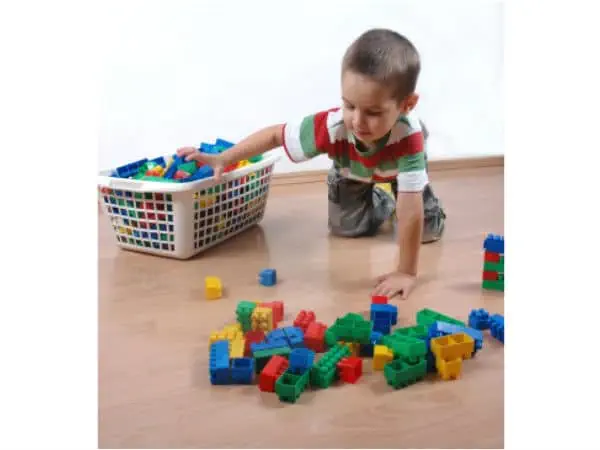
With the immense amount of information, facts, tips, ideas, videos and resources readily available online, it feels like we have the world in our hands. With mindfulness currently being a growing practice, new research and resources are becoming available often. This means that if you have no access to professional classes or workshops, or it’s just not convenient to you as a parent due to your schedule, you could still easily embark on a journey with welcoming mindfulness into your life. We have compiled a list of online resources for you that is diverse and very helpful in your journey with mindfulness, whether its for yourself, your children or even your children’s educators who you may want to share it with.
The following is a list of videos that can be found on YouTube:
- This Guided Mindful Meditation for Parents focuses on self-love and joyful parenting. It helps you connect with yourself and help you realize that the central source of love in your life is you. On their YouTube channel you can find many more mindful meditation videos, other parents testimonials and tips and tricks not just for parents but for everyone welcoming mindfulness into their lives. They also have a website that focuses on joyful parenting and in which you can sign up and receive many free benefits!
- This Mindfulness and Parenting TEDx Talk is very informative and allows you to learn about mindfulness in a different and easy way. In this video Mary Ann Christine Burnside, a developmental psychologist, talks about the meaning of mindfulness and how it applies to parenting. Her talk focuses on “being the change you wish to see in your family”.
- The Cosmic Kids YouTube Channel is a great resource for parents to facilitate mindfulness for their children at home. Specifically this Candle of Concentration video focuses on children’s concentration, helping them focus their mind and breathing, as well as body posture. Their channel overall provides guided meditations that integrate fun with the young ones and that includes some visuals to help strengthen the focus of young children. Parents can play the video for their children and even engage in it with them. Their channel’s main focus is yoga for kids – meaning the mindful guided meditations are only a fraction of the range of interactive videos available for children. You can also find more information, tips and ideas on their Cosmic Kids Website.
The following is a list of websites and blogs:
- The voice notes on this Mindfulness website are of great use for helping children engage in mindfulness. Focused on helping children develop concentration and self awareness, the voice notes are mindful guided meditations designed specifically for children aged 6 to 10. We mentioned these voice notes in a previous post but due to them being such a great source, we though it’s important for them to be part of this list.
- This Mindful Kids Website is a resource bank for sharing mindfulness with children. It contains an immense amount of games, ideas and meditation practices for children. It lists other helpful resource websites and it is also listed as a place to share your own mindfulness ideas.
 Teaching Children Meditation is another great website filled with resources for not just parents but for all adults who are facilitating mindfulness for children and teens. It includes a link to their blog, easily accessible videos, as well as relaxation CD’s and mindfulness books for sale. What we found unique about this particular website is that it offers training on how to teach children of a different ages meditation, through an online course.
Teaching Children Meditation is another great website filled with resources for not just parents but for all adults who are facilitating mindfulness for children and teens. It includes a link to their blog, easily accessible videos, as well as relaxation CD’s and mindfulness books for sale. What we found unique about this particular website is that it offers training on how to teach children of a different ages meditation, through an online course.
- Sara Marlowe, who is a clinical social worker as well as our university professor has her own website, in which she shares her passion about mindfulness. Her focus is on creating mindful families through sharing her knowledge on mindful parenting. The website is filled with practices for parents and families, practices for children, tips, parent stories, mindful songs & stories and a link to an online trailer of her own book No Ordinary Apple. She also lists mindful parenting programs, workshops and presentations available in our community, which she facilitates.
- As educator’s ourselves, we have learned the importance of keeping up to date with different ways of helping children develop to their fullest potential. We strongly believe that incorporating mindfulness into our programming and facilitating it in our classrooms is highly beneficial for children of all ages. This Mindful Teachers website is a great source to help educators do just that, by focusing on mindful practices for teachers with information on how and why they should implement it in their classrooms. It contains a variety of resources such as activities, articles, book recommendations, quizzes and a blog.











































